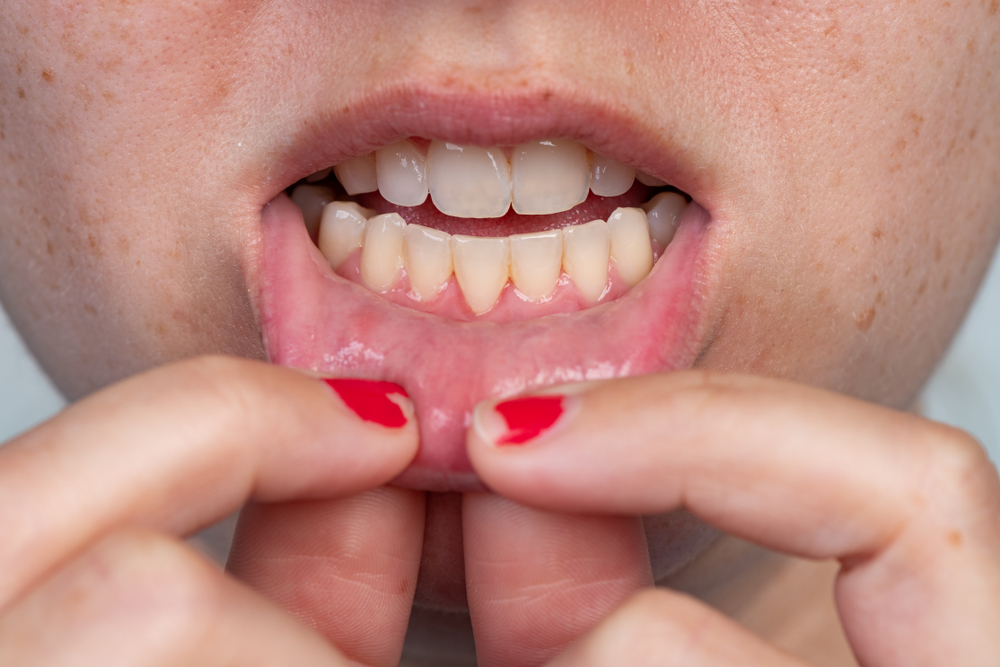
Gum recession is a common dental condition that occurs when the gum tissue surrounding the teeth wears away, exposing more of the tooth or even the tooth's root. This can lead to various oral health problems and discomfort. Gum recession can affect individuals of all ages and is often a result of poor oral hygiene habits, but it can also occur due to other factors such as genetics or gum disease.
Causes of Gum Recession
Several factors can contribute to gum recession. One of the primary causes is poor oral hygiene. Inadequate brushing or flossing can lead to the buildup of plaque, a sticky film containing bacteria that can irritate the gums and cause them to recede. Aggressive brushing or using a toothbrush with hard bristles can also contribute to gum recession by wearing away the gum tissue.
Other causes of gum recession include gum disease, which is an infection of the gum tissue, and periodontal disease, which affects the supporting structures of the teeth. These conditions can cause the gums to become inflamed and pull away from the teeth, leading to recession. Additionally, hormonal changes, such as those experienced during pregnancy or menopause, can make the gums more vulnerable to recession.
Symptoms of Gum Recession
Gum recession can be identified by several noticeable symptoms. One common sign is the visible exposure of the tooth's root, which may appear longer than usual. The tooth may also become more sensitive to hot or cold temperatures, as the root becomes exposed and is not protected by the gum tissue. Additionally, individuals with gum recession may experience bleeding gums, especially during brushing or flossing. Bad breath and a persistent bad taste in the mouth can also indicate gum recession.
Treatment Options for Gum Recession
There are several treatment options available for gum recession, depending on the severity of the condition. In mild cases, improving oral hygiene habits may be sufficient. This includes brushing twice a day with a soft-bristled toothbrush, using dental floss or interdental brushes to clean between the teeth, and regularly visiting the dentist for check-ups and cleanings.
For more advanced cases of gum recession, a dental procedure called gum grafting may be necessary. During this procedure, gum tissue is taken from another area of the mouth and grafted onto the receded gumline, covering the exposed root and restoring the gum's natural position. This helps to protect the tooth and prevent further recession.
Chao Pinhole Surgery is an innovative and minimally invasive treatment option for gum recession. Unlike traditional gum grafting, which involves the use of sutures and requires a longer recovery time, Chao Pinhole Surgery uses a specialized instrument to make a small hole in the gum tissue. Through this hole, the dentist gently loosens the gum tissue and moves it to cover the exposed root. No sutures are needed, and the recovery time is significantly shorter.
Conclusion
Understanding the causes and symptoms of gum recession is crucial for early detection and prompt treatment. While improving oral hygiene habits and gum grafting are common treatment options, Chao Pinhole Surgery offers an innovative and minimally invasive alternative.
If you are experiencing gum recession or have concerns about your gum health, schedule a consultation with our dentist today to explore the treatment options available, including Chao Pinhole Surgery. Visit Le Smile Aesthetic & Comprehensive Dentistry at our office in Falls Church, Virginia, or call (703) 534-6226 to book an appointment today.






